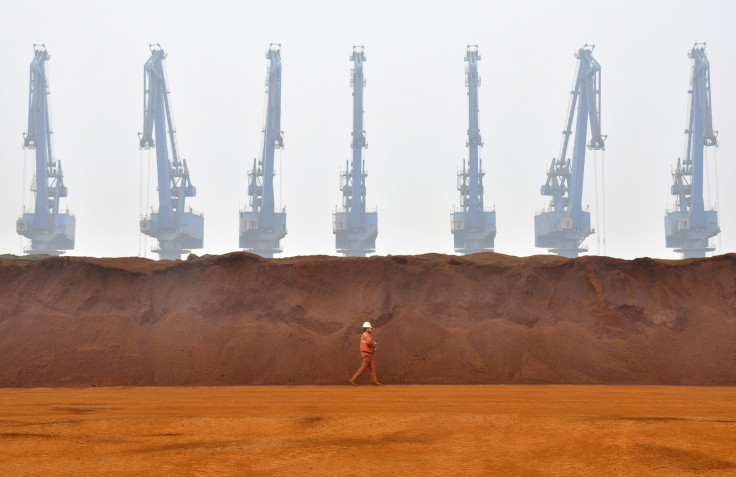Australian Central Bank Eases Monetary Policy On Gloomier Reassesment of the Economy

Reacting to a dimmer view of the labor market than in recent months, the Reserve Bank of Australia lowered its benchmark lending rate a quarter of a percentage point to 3.25 percent Tuesday, in a move that sent stocks soaring and, in some analysts’ view, signaled further monetary easing ahead.
The move was done in spite of a statement from the Australian central bank that did not necessarily present the overall economy as being in dire straits. Most economic policymakers in Australia are worried that a recent resource boom will collapse on weakening Chinese demand, sending the domestic economic environment into a tailspin.
“The reasons the RBA stated for lowering rates centered mostly on the global economic outlook, which has softened over recent months, not least because of greater uncertainty about near-term prospects in China, and hence the outlook for Australia is seen as a 'little weaker,'” analysts at Societe Generale said in a note following the bank’s action.
The current unemployment rate in Australia, at 5.1 percent, is enviable compared to other developed economies.
Bill Evans, chief economist at Australian investment bank Westpac, explained in his note to clients that the move by the central bank shows they are looking at the economy in terms of both mining and non-mining activities, and attempting to strike a balance that keeps demand sturdy in areas outside resource extraction even if it contributes to some inflation.
“For the first time the bank is recognizing the need for other components of demand to regain some strength because the peak in the resources investment cycle will occur next year,” Evans wrote. “This recognition changes the required emphasis for policy from containing alleged price pressures emanating from … effects of the mining boom.”
Evans also noted the last sentence in the bank’s statement after the rate move, that "the board therefore decided that it was appropriate for the stance of monetary policy to be a little more accommodative," should be interpreted as presaging further easing.
The Societe Generale team agreed, but noted they "believe that markets are too aggressively priced for further rate reductions: we expect a low of 3.0 percent to be reached by year-end, but the swap market is currently discounting a low of 2.4 percent by mid-2013.”
The move by Australia’s central bank was not expected by the consensus of bank analysts, and comes on the heels of a government statistical adjustment that would seem to indicate the economy is doing better than previously thought.
Last Thursday, the Australian Bureau of Statistics released its latest report on household assets, which included a massive upward revision of A$325 billion (US$338 billion) in private company shares that had not been previously calculated.
© Copyright IBTimes 2024. All rights reserved.





















